LOTUSat-1, the first radar technology satellite, is expected to be completed in March and is expected to be launched into orbit in early 2025, according to Dr. Le Xuan Huy, Deputy General Director of the Vietnam Space Center.
LOTUSat-1 is an Earth observation satellite capable of capturing high-resolution images in all weather conditions using synthetic aperture radar (SAR) sensor technology. Satellite image data will contribute to meeting the demand for image sources, providing accurate information, responding to and minimizing the impact of natural disasters and climate change, managing natural resources and monitoring the environment, serving socio-economic development.
Dr. Huy said that the development of LOTUSat-1 satellite belongs to the project "Prevention of natural disasters and climate change using Earth observation satellites" which was started at Hoa Lac High-Tech Park, Hanoi , from ODA capital from Japan and counterpart capital from Vietnam, and implemented since September 2012.
By November 2023, the project had completed 99% of the infrastructure construction and was preparing to install equipment. The manufacture of the LOTUSat-1 satellite is expected to be completed in March 2024 and is awaiting launch into orbit from December 2024 to February 2025.

The observatory at the Vietnam Space Center in Hoa Lac. Photo: Giang Huy
According to the roadmap, by September 2024, the entire ground system preparing to operate the satellite will be completed at the Vietnam Space Center, Hoa Lac facility. At that time, the entire system will be put into operation, ready to receive the first signals from the satellite.
Dr. Huy said that, unlike optical satellites, radar satellites can take pictures in all weather conditions, especially when the weather is cloudy, foggy, and low light conditions. Mr. Huy expects that the data provided by this radar satellite will make an important contribution to Vietnam, in cloudy climate conditions.
In addition to developing the satellite, the Center also prepares classes, transfers radar satellite image processing technology; prepares technology and human resources so that when the satellite is launched into orbit, the data will be exploited effectively, serving the units using the satellite's image data in the future. "The satellite is expected to operate in orbit for 5 years," said Dr. Huy.

Researchers of the Vietnam Space Center design the NanoDragon satellite. Photo: VNSC
To effectively exploit the LOTUSat-1 satellite, in November 2023, Professor Chau Van Minh, President of the Vietnam Academy of Science and Technology (VAST) and Professor Yamakawa Hiroshi, President of the Japan Aerospace Exploration Agency (JAXA) signed an agreement to conduct a feasibility study in scientific cooperation in the field of space technology.
Under this cooperation, the two sides will share experiences in operating the LOTUSat-1 satellite in orbit, experience in operating the Vietnam Space Center, and find ways to share satellite image data.
Vietnam and Japan began cooperation in the field of space technology in 2006. With the support of JAXA, VAST engineers researched and manufactured three "Made in Vietnam" microsatellites including PicoDragon, Nano Dragon and MicroDragon, which were successfully launched into orbit by JAXA.
Vnexpress.net
Source link

![[Photo] Readers line up to visit the photo exhibition and receive a special publication commemorating the 135th birthday of President Ho Chi Minh at Nhan Dan Newspaper](https://vphoto.vietnam.vn/thumb/1200x675/vietnam/resource/IMAGE/2025/5/17/85b3197fc6bd43e6a9ee4db15101005b)


![[Photo] Nearly 3,000 students moved by stories about soldiers](https://vphoto.vietnam.vn/thumb/1200x675/vietnam/resource/IMAGE/2025/5/17/21da57c8241e42438b423eaa37215e0e)




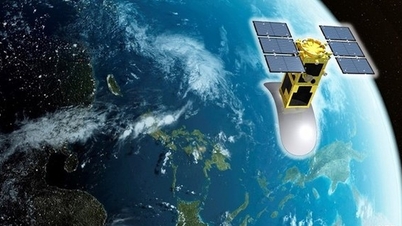

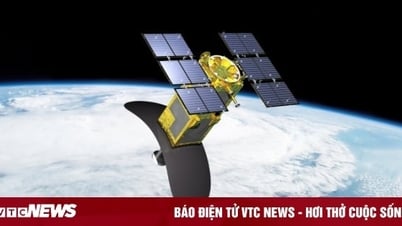










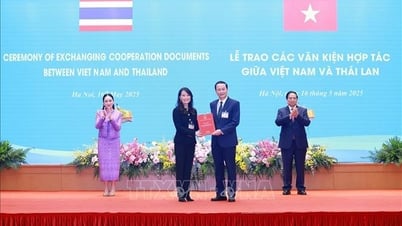



























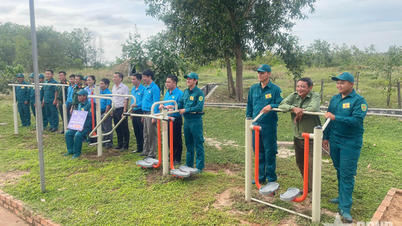
















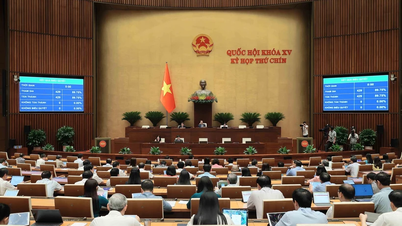









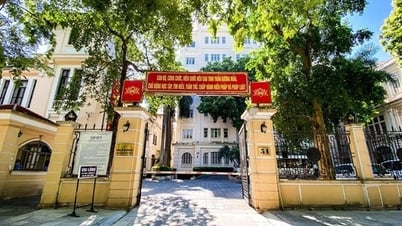





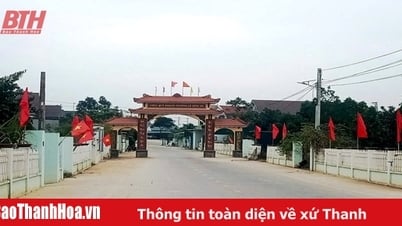
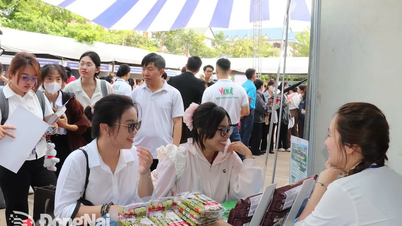


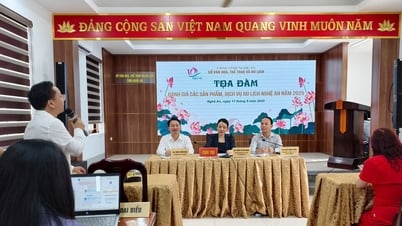










Comment (0)